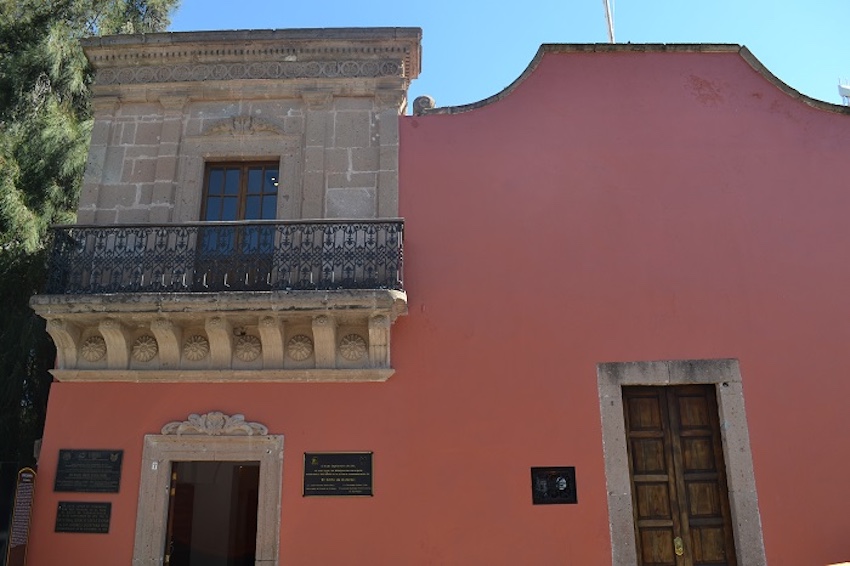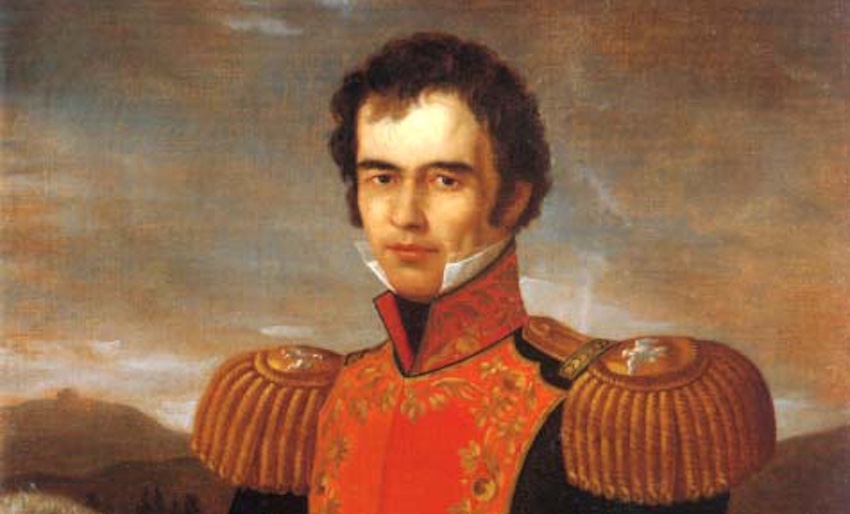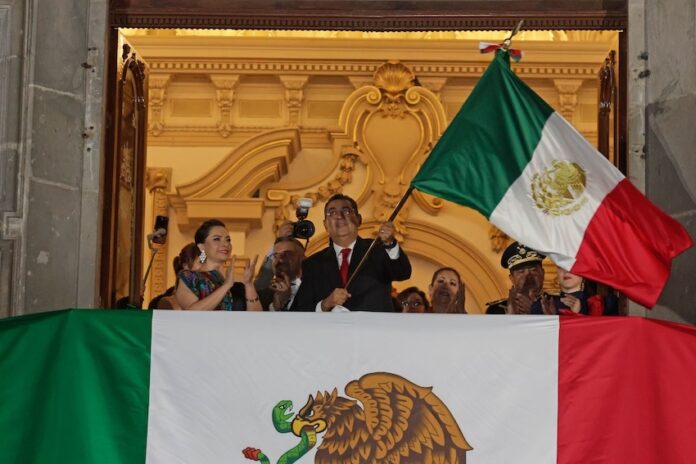This Monday night, people across Mexico will reenact the Grito de Dolores, the call to rebellion that the priest Miguel Hidalgo made on Sept. 16, 1810, starting the Mexican War of Independence. So why do we celebrate a day earlier? For that matter, what’s with the bell that the president rings? Read on for the history of Mexico’s Independence Day celebrations: On Monday night, whether you’re shouting “Viva!” in reply to your city’s mayor or the nation’s president in the Zócalo of Mexico City, don’t be left wondering why.
1812: The first commemoration

By 1812, the initial victories of the insurgents were over, and they had suffered major setbacks. Miguel Hidalgo and several other independence leaders had been captured and executed in Coahuila a year earlier. With independence forces scattered, new leaders emerged, including José María Morelos and the lawyer Ignacio López Rayón. Together, they established the Council of Zitácuaro, the first attempt at an insurgent government.
Royalist forces captured Zitácuaro in early 1812, and López Rayón was forced to stay on the move. On Sept. 13, he arrived in Huichapan, in what is now Hidalgo state. On the 16, a midnight mass was held to commemorate the two-year anniversary of the beginning of the independence struggle. Afterwards, López Rayón and his subordinate Andrés Quintana Roo appeared on the balcony of a house in Huichapan’s main square and gave the first ever commemoration of the call to arms Hidalgo had made in Dolores two years earlier, celebrating with cannon fire, ringing bells and choir music. Huichapan is now a Pueblo Mágico, and you can visit El Chapitel, the house where López Rayón celebrated this first Grito, for yourself.
1813: Morelos makes it official
With the Zitácuaro Council uprooted, the more militarily capable Morelos took charge of the insurgency. In 1813, he assembled the Congress of Chilpancingo in present-day Guerrero to bring the pro-independence factions together. It was this body that first declared independence from Spain, something Hidalgo had never done, and adopted “Sentimientos de la Nación,” a document authored by Morelos which became the precursor to the Mexican Constitution.
The very last article of “Sentimientos de la Nación” established September 16 as a national holiday, “the anniversary of the day in which the voice of Independence was raised and our holy Freedom began.” How much celebrating the insurgents actually did during the rest of the Independence War is unclear: In 1815, Morelos was captured and shot by colonial troops, and the movement was again dispersed, leading to the stalemate between insurgents and royalists that would make the war drag on for six more years.
1825: The first celebration as a republic

In 1825, former insurgent leader Guadalupe Victoria became the first sitting president to celebrate Independence Day, giving the first Grito in Mexico City’s Zócalo. The celebrations were toned down that year due to a measles epidemic that was ravaging the country. There was still a parade, however, as well as fireworks, music and a ceremony on the Alameda Central that saw the liberation of enslaved people and war orphans presented to their new guardians.
Wait — 1825? The observant reader will note that Mexico had already been independent for four years by that date. What explains the missing years? Mexico moved through several forms of government in its first years as an independent country. From 1822 to 1823, it was the Mexican Empire under Emperor Agustín, whose Independence Day celebrations focused more on September 27, the day his army marched into Mexico City. In October 1824, Mexico’s first democratic elections chose Guadalupe Victoria as president. Victoria, a liberal, had joined the republican revolt against the Empire, and he reinstated Morelos’ old celebration of September 16 as Independence Day. For much of the rest of the century, the day a Mexican celebrated independence was determined by their politics: liberals celebrated on the 16, while conservatives celebrated on the 27.
1896: The Bell of Dolores makes it to Mexico City
Every president puts their own touch on the traditional phrasing of the Grito, but since 1896, there has been at least one element in common in the capital’s ceremony: the bell that Hidalgo rang when he gave the Cry of Dolores. Cast in 1768, the bell was originally known as the Esquilón San José and hung in the Church of Nuestra Señora de Dolores, where Hidalgo called the faithful to revolt. In 1896, President Porfirio Díaz, de facto dictator of Mexico, ordered it brought to the capital. That year’s independence celebrations kicked off with a parade escorting the bell to the National Palace, where it was installed in a niche above the central balcony and still hangs today.
A commonly-told story says that Díaz moved Independence Day celebrations to the 15 to coincide with his own birthday, but this is most likely untrue. Father Hidalgo is said to have made the Grito de Dolores during a 6 a.m. mass on September 16, and that was the time that most commemorations aimed for in the following years. In an age before electric lighting, it was hard to stay awake through the night for the Grito, and many Mexicans adopted the tradition of holding the ceremony at around 11 p.m. long before Díaz came to power.
Diego Levin is a historian and researcher.
